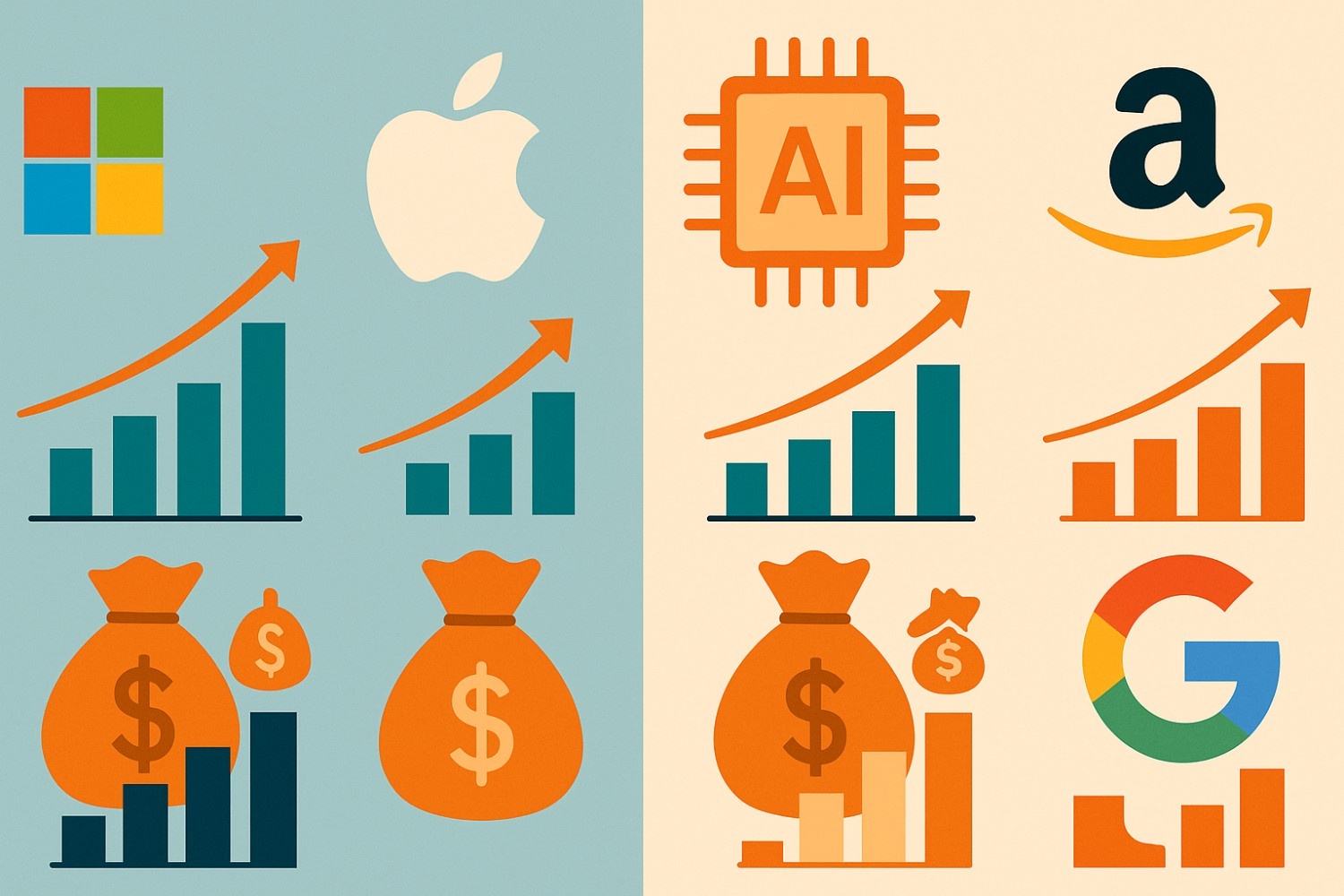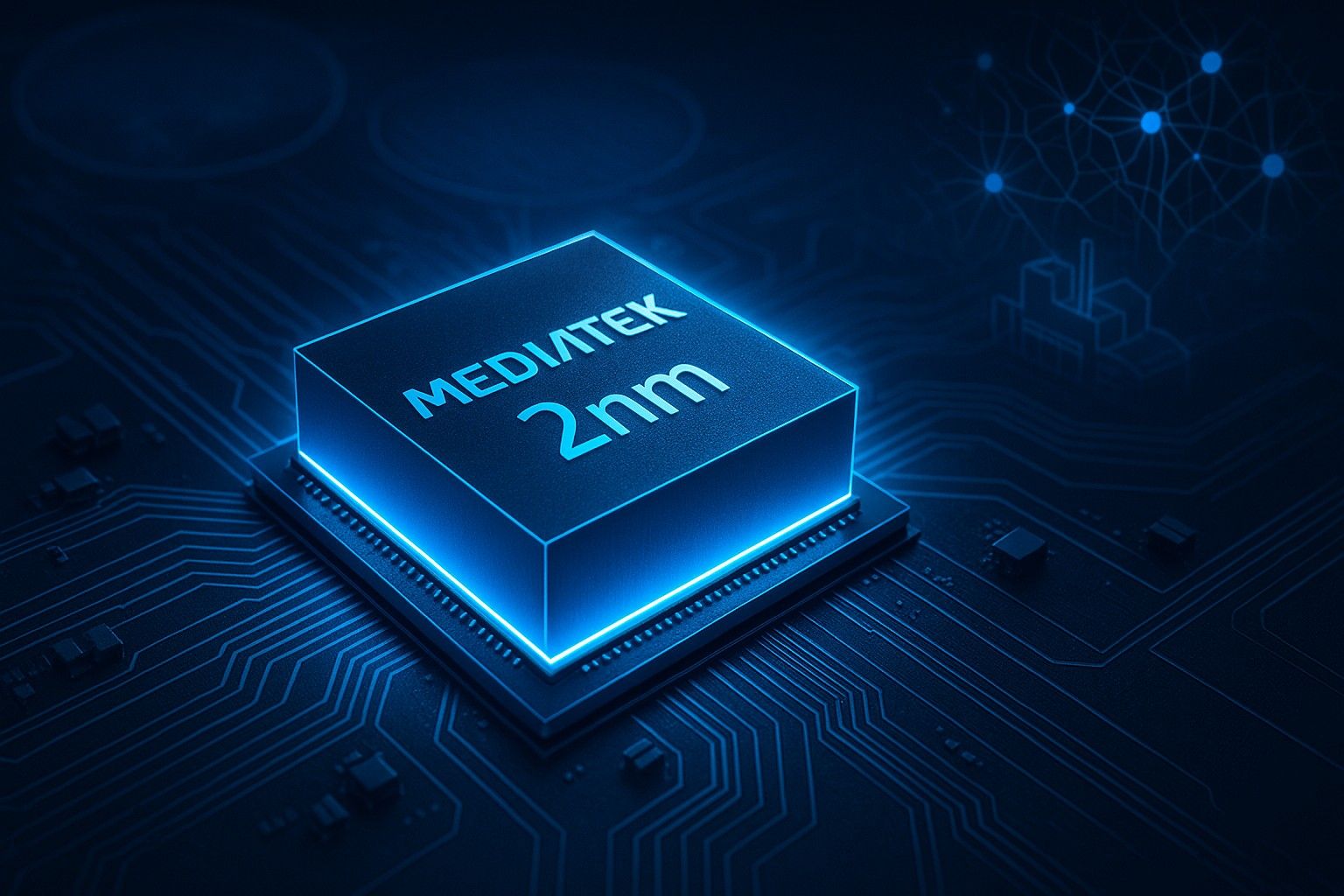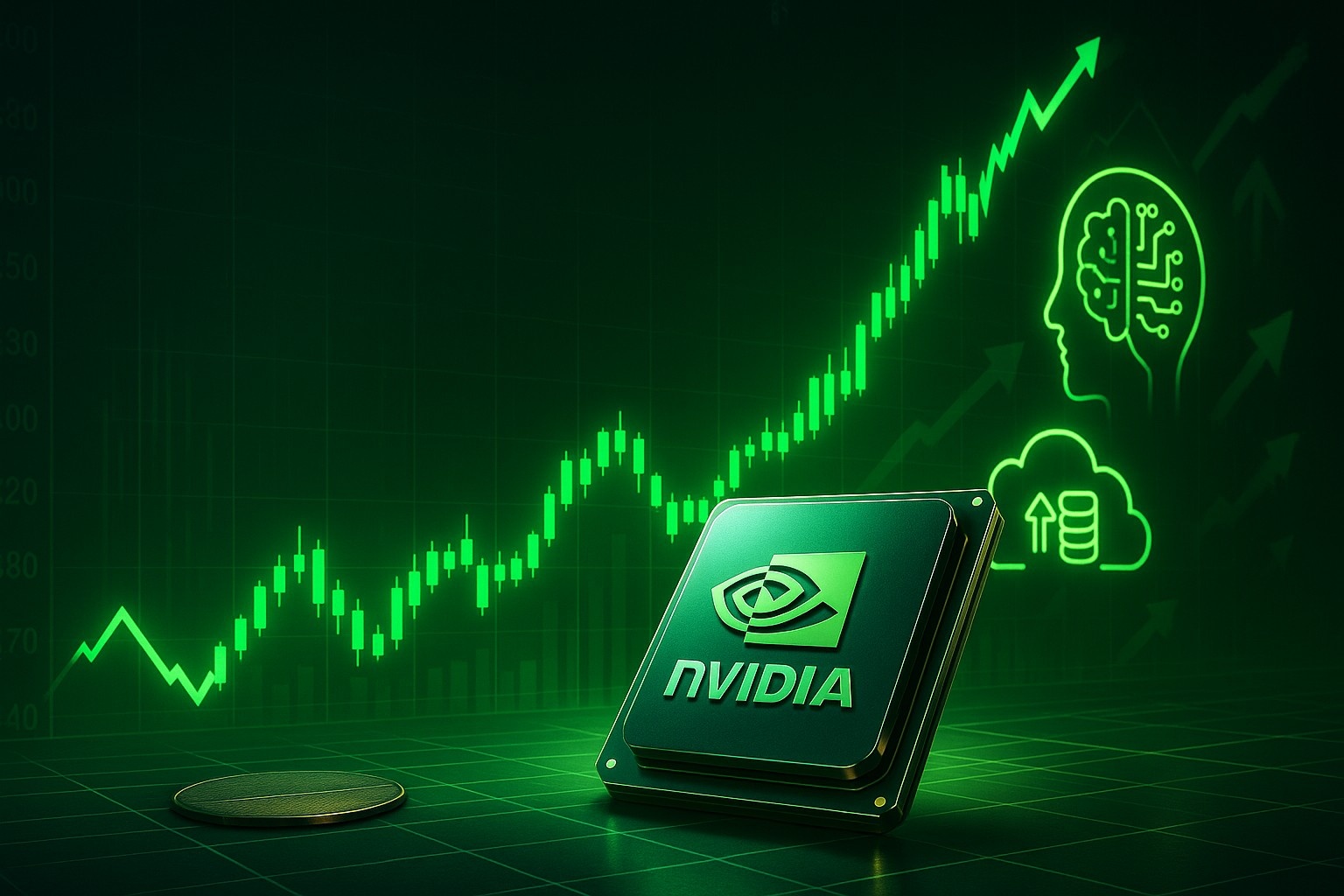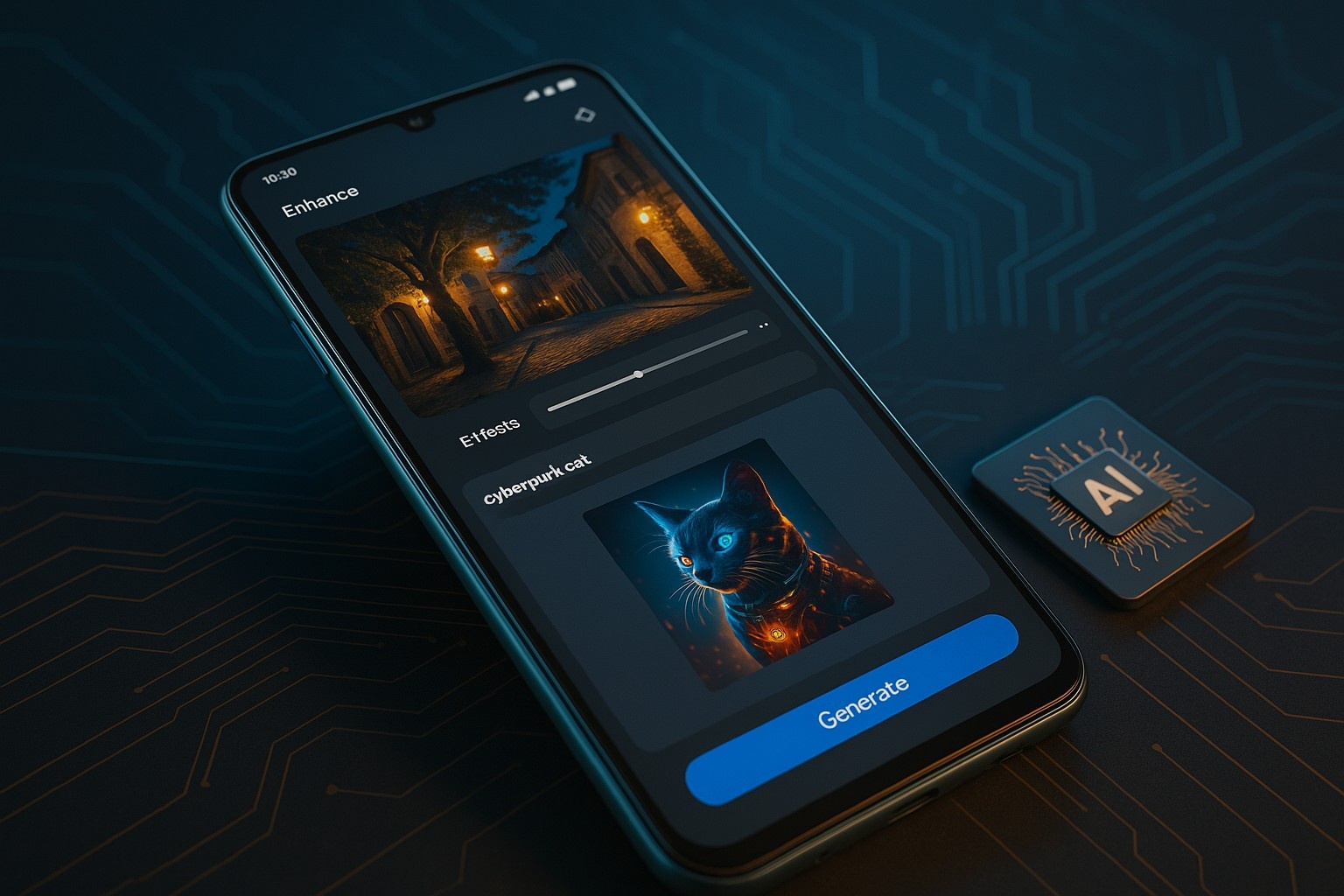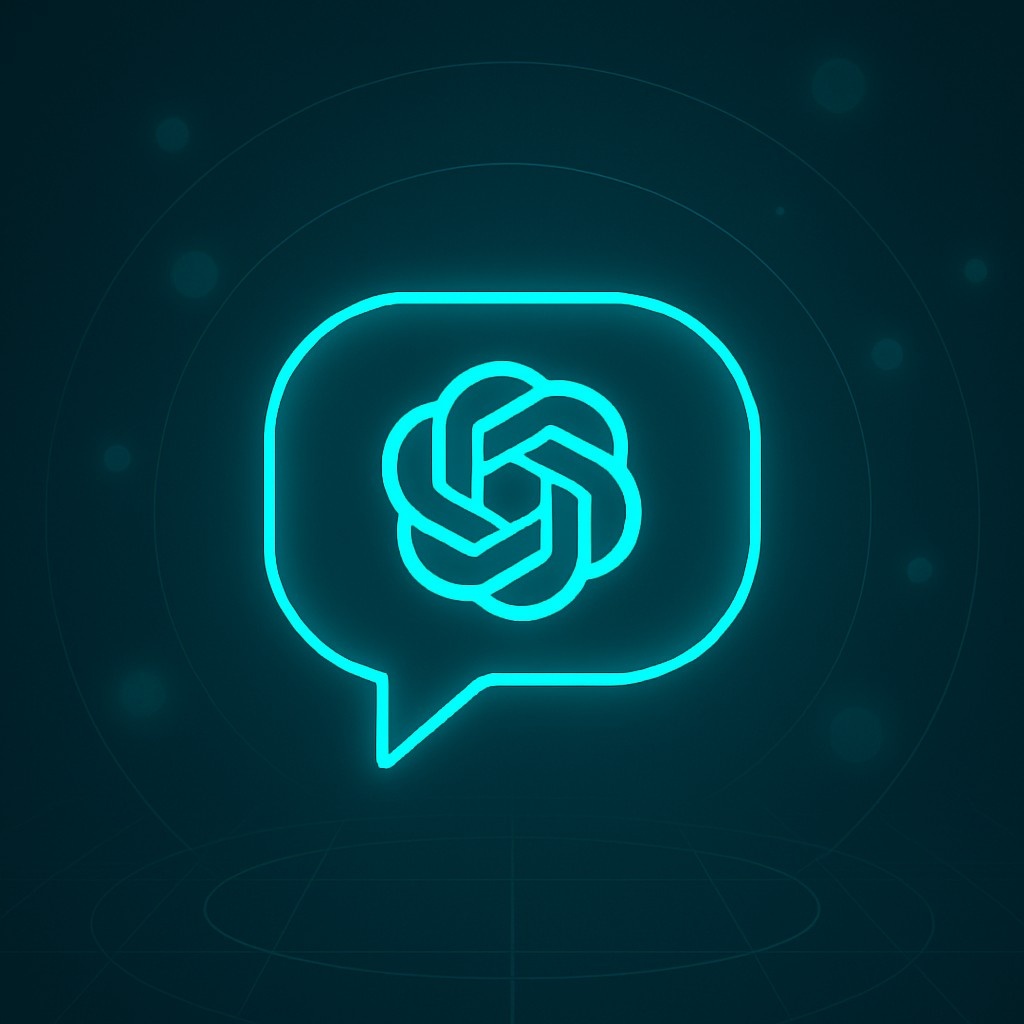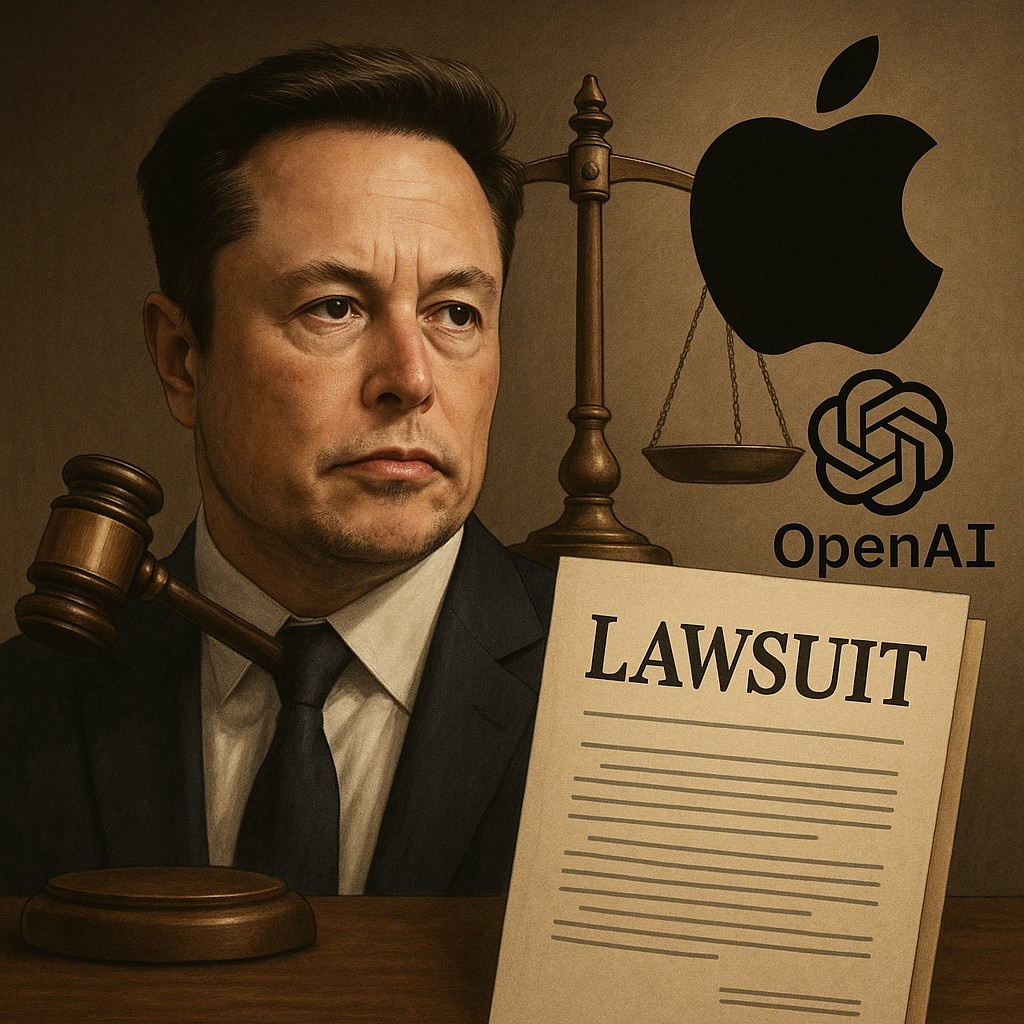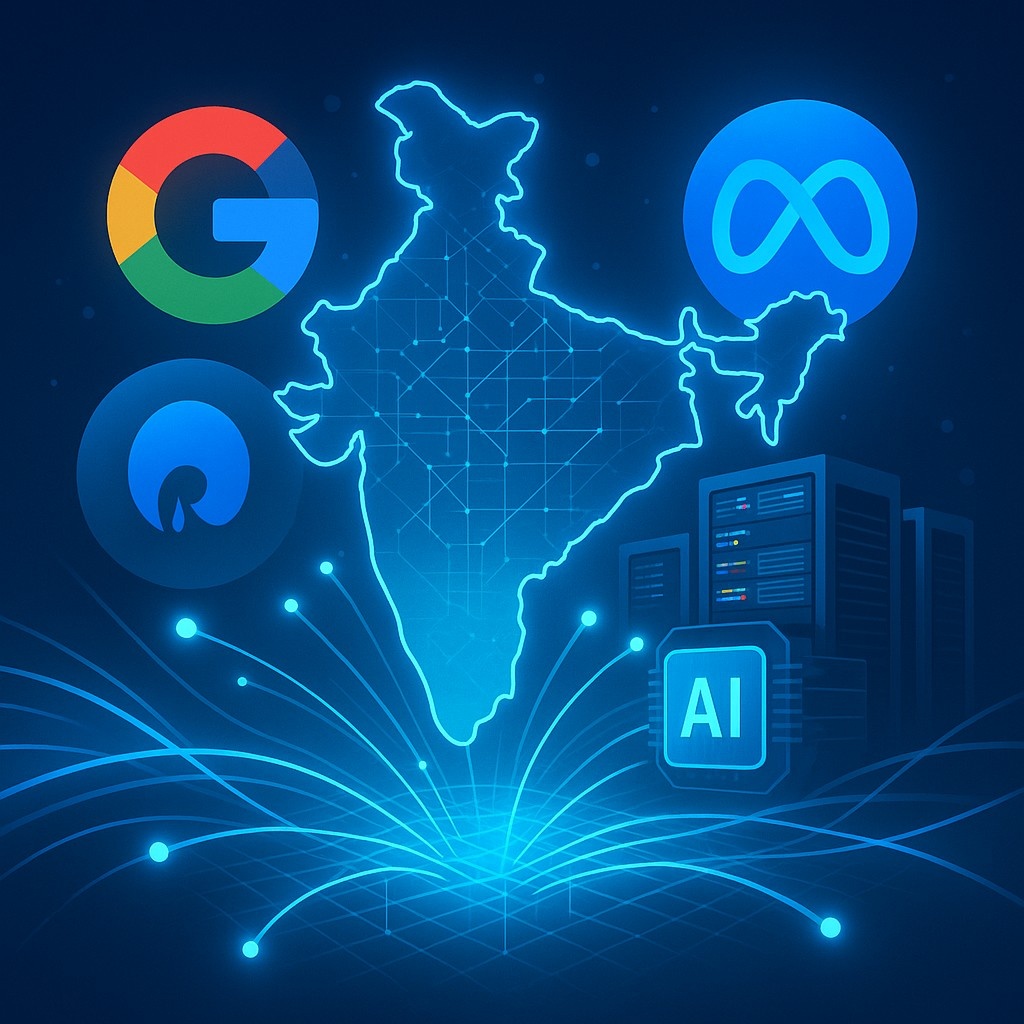Cursor Hits $9 Billion Valuation — The Coding Assistant Everyone's Watching
In early May 2025, Cursor, an AI-native code editor developed by startup Anysphere, quietly became one of the hottest stories in the developer world. After raising a massive $900 million in new funding, the company is now valued at $9 billion — a staggering leap from its $2.5 billion valuation just four months ago.
If you haven’t heard of Cursor yet, you will. Because behind this valuation is something very real: a tool that’s changing how developers write code — and how software teams think about productivity.
Cursor isn’t just a shiny AI gimmick. It’s a code editor that feels like pair programming with an ultra-fast, ultra-reliable assistant — and that’s exactly why the world’s top tech teams are adopting it at breakneck speed.
What Exactly Is Cursor?
Cursor is a fork of Visual Studio Code, but it doesn’t just add plugins — it rebuilds the development experience around AI.
Think of it as VS Code with a brain. You can:
- Write comments in plain English and let Cursor generate code
- Select blocks and ask it to rewrite, refactor, or debug them
- Query your entire codebase like a search engine: “Where is the email validation logic?” — and get answers instantly
- Work with an AI assistant that understands context across files, functions, and architecture
In short, it doesn’t just autocomplete code — it understands your project.
And the reason it’s working? Cursor’s experience is clean, native, and fast. It doesn’t feel like a plugin or a bolt-on — it feels like coding with superpowers.
Why Developers Are Calling It "Vibe Coding"
One of the platform’s earliest adopters, Andrej Karpathy, jokingly coined the term “vibe coding” to describe how Cursor makes software development feel — more fluid, intuitive, and dare we say… fun?
That’s become the dominant theme in the developer community.
Developers aren’t just saving time — they’re feeling creative again, because Cursor handles the tedious stuff and lets them focus on logic, architecture, and design.
It’s no surprise that teams at Stripe, OpenAI, Replit, and Spotify are already using Cursor internally. Some startups have even made it mandatory for onboarding, simply because it flattens the learning curve for large, complex codebases.
Why Investors Just Poured $900 Million Into It
This wasn’t some buzzy seed round. The $900 million raise was led by Thrive Capital, with participation from Andreessen Horowitz, Accel, and others who rarely make this kind of late-stage bet unless they see explosive growth.
And that’s exactly what Cursor is showing.
According to reports, Anysphere’s annual recurring revenue (ARR) hit $200 million in April 2025 — and it's still growing.
That’s not vaporware. That’s real cash. And for a developer tool built on AI, that’s about as strong a signal as you can get.
Investors are also seeing a clear market trend: in 2024 alone, AI application-layer startups — companies that apply LLMs to real workflows — raised more than $8 billion, and Cursor is now the poster child of that wave.
Cursor’s Secret Weapon: The Codebase as a Dataset
What makes Cursor different from tools like GitHub Copilot?
It’s how it treats your codebase.
While Copilot is great for generating snippets, Cursor thinks bigger. It treats your entire project — every function, test file, and config — as a searchable, context-aware knowledge graph.
You don’t just autocomplete. You ask questions and get answers grounded in your code’s actual logic.
In a large repo, that’s priceless. New developers can onboard 3x faster. Legacy bugs get isolated in minutes. Architects can validate design assumptions instantly.
It’s not just code generation. It’s code understanding — at scale.
The Reality Check: Not All Smooth Sailing
Like any fast-scaling startup, Anysphere has hit some bumps. In April 2025, the company faced backlash over an AI-generated customer support email that led to confusion around pricing and renewals. The issue was fixed quickly, but it reminded users that even AI-native companies need clear human systems behind the scenes.
The bigger challenge is one facing all AI tooling companies: how do you keep improving without bloating the product?
So far, Cursor has kept things lean. The editor remains fast. The UI is clean. The AI chat is powerful, but not in the way. But as more features get added — fine-tuned models, team collaboration, telemetry — the pressure will mount.
Still, users say the team is listening. And that’s why loyalty remains high.
What Comes Next for Cursor
The roadmap is aggressive and ambitious:
- Team collaboration features, where AI can track and summarize group development discussions
- Enterprise integrations — think Jira, Linear, GitHub PRs all surfacing in the code assistant
- Private fine-tuning options for big clients, letting them train Cursor on internal architecture or compliance rules
Cursor also plans to roll out offline-capable models for users in regulated industries or security-conscious teams.
And then there’s the long-term vision — the one insiders hint at: turning Cursor into a full-stack, AI-first IDE, not just a smarter text editor.
That would mean AI helping with:
- Test generation
- Frontend styling
- CI/CD configurations
- Database schema optimization
- Code performance profiling
- And yes, maybe even writing entire feature sets, reviewed and deployed by human developers.
Cursor Is What AI in Software Should Feel Like
There’s a reason so many devs are switching to Cursor and not going back. It’s not hype — it’s because the product actually helps.
It doesn’t get in your way. It doesn’t pretend to replace you. It works quietly alongside you — catching bugs, making suggestions, and helping you keep your brain in flow.
And for most developers, that’s enough.
Because in the end, coding is about thinking clearly — not typing faster. Cursor just helps you stay in that zone where the ideas matter more than the syntax.
Final Thoughts
In a year where AI headlines have been dominated by foundation models and synthetic media, Cursor is a breath of fresh air — a tool that’s actually useful, grounded in daily work, and built for people who ship real software.
The $9 billion valuation isn’t just hype. It’s a reflection of where developer tools are heading — smarter, faster, and AI-native from the ground up.
Cursor is still early. But if the last six months are any sign, this isn’t just a cool IDE. It’s the beginning of something much bigger — a new way to write software, powered by machines, but driven by human creativity.
And right now, it’s the most exciting keyboard in tech.



